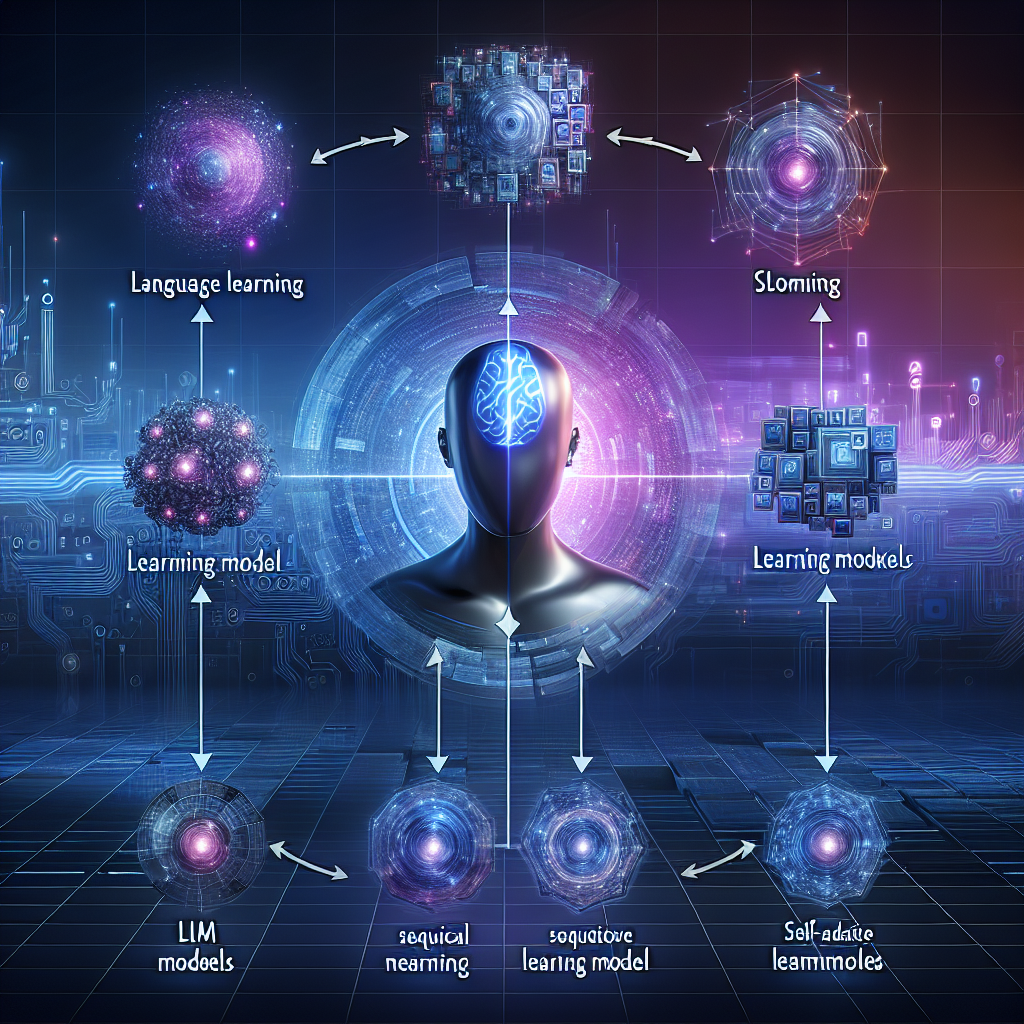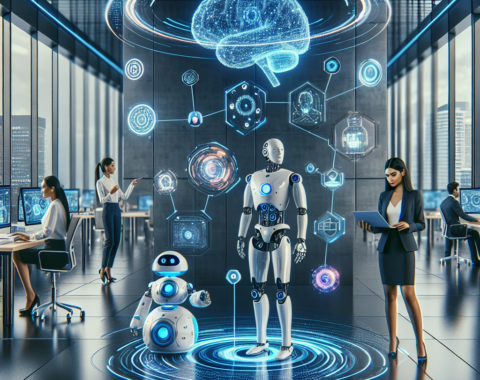
Understanding AI Evolution from LLMs to SLMs and SAMs
The evolution of Artificial Intelligence (AI) technologies has been remarkable, with significant advances transforming systems from simple automations to sophisticated, self-learning agents. In recent years, the evolution has moved from Large Language Models (LLMs) to Specialized Language Models (SLMs) and further to Structured Autonomous Models (SAMs). Each progression represents a significant leap in the capabilities and potential of AI. This article delves into how agents are redefining AI through these stages, shedding light on what the future may hold.
Understanding Large Language Models (LLMs)
LLMs, such as GPT-3 and BERT, have laid the groundwork for transformational AI technologies. These models are trained on massive datasets, enabling them to understand and generate human-like text. The prowess of LLMs lies in their ability to process natural language with astounding accuracy, making them indispensable in applications such as:
- Language translation
- Text analysis
- Content creation
Nonetheless, LLMs come with limitations. They often require vast computational resources and can struggle with context and nuance beyond their training data. This need for increased specialization and efficiency has paved the way for SLMs.
The Rise of Specialized Language Models (SLMs)
SLMs are designed to overcome some of the challenges faced by LLMs by being tailored for specific domains or tasks. These models focus on niche areas, utilizing targeted datasets for expertise in particular subjects. By narrowing their scope, SLMs offer enhanced accuracy and performance in areas such as:
- **Medical diagnosis**
- **Legal research**
- **Financial analysis**
SLMs are revolutionizing fields that demand precision and expert understanding, enabling more efficient decision-making processes. However, there’s still room for further evolution, giving rise to Structured Autonomous Models.
Introducing Structured Autonomous Models (SAMs)
The advent of SAMs marks a paradigm shift to a more structured, autonomous form of AI. While SLMs focus on specialization within predefined domains, SAMs take a step further by autonomously adjusting their parameters and operations based on the environment they operate in. The key features that make SAMs stand out include:
- **Autonomous Learning**: SAMs continuously learn from their environment, improving without requiring constant human intervention.
- **Environmental Adaptation**: These models can adapt to unforeseen changes in their environment, making them robust and versatile.
- **Enhanced Decision-making**: With a structured approach, SAMs can make well-informed decisions by contextualizing a wide array of data inputs.
By incorporating these features, SAMs are suitable for applications in highly dynamic and unpredictable environments. From self-driving cars to smart city management, SAMs represent the future frontier of AI development.
The Implications of Evolving AI Models
Impact on Industries
The transformation from LLMs to SAMs is set to disrupt various industries by offering more intelligent, adaptable, and efficient AI solutions. Industries likely to benefit include:
- **Healthcare**: Improved diagnostics and patient care with precision SLMs and adaptable SAMs.
- **Automotive**: Advanced autonomous driving capabilities through self-learning, adaptive SAMs.
- **Finance**: Predictive analytics and risk management enhanced by specialized, autonomous algorithms.
Ethical and Societal Considerations
While the evolution of AI holds immense potential, it also poses ethical and societal challenges. The increased autonomy of SAMs raises questions about accountability and transparency. Responsible development and deployment must ensure that these technologies are fair, safe, and aligned with human values.
Moreover, the proliferation of AI-driven systems necessitates a workforce skilled in interacting with these advanced models. Education and training will need to evolve to keep pace with these innovations, ensuring that society can fully harness the benefits of AI.
The Future of AI: From Agents to Ecosystems
As we stand on the cusp of significant AI advancements, the transition from agent-based models like LLMs, SLMs, and SAMs to comprehensive ecosystems where these agents interact and collaborate is imminent. Future AI systems might not solely consist of a single model but an integrated network where:
- **Collaborative Agents**: Multiple AI models working together to achieve complex objectives.
- **Interoperability**: Seamless communication and integration across different AI systems and human interfaces.
This evolution toward AI ecosystems could redefine how industries operate, fostering innovation and efficiency at unprecedented levels.
Conclusion
The trajectory from LLMs to SLMs and further to SAMs illustrates the rapid evolution of Autonomous Agents in AI. Each stage represents crucial advancements in the way machines understand, interpret, and interact with the world. As we move towards a future dominated by interconnected AI ecosystems, embracing these shifts will be pivotal in unlocking the transformative potential of AI.
For businesses, researchers, and society as a whole, staying informed and adaptable to these changes will be essential. The journey from LLMs to SAMs is not just a story of technological evolution; it is a narrative of endless possibilities and transformative opportunities.




